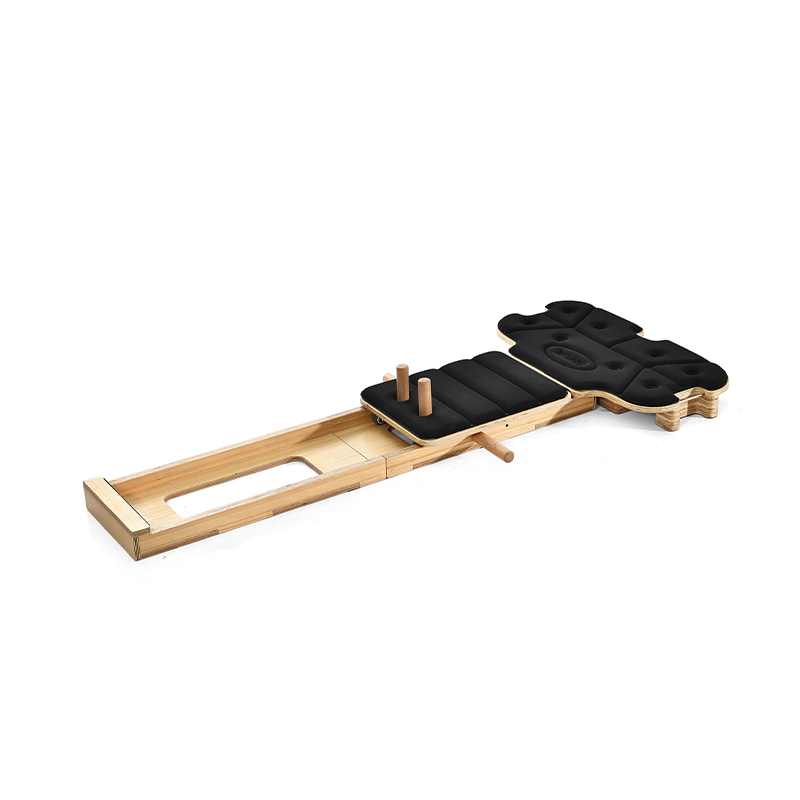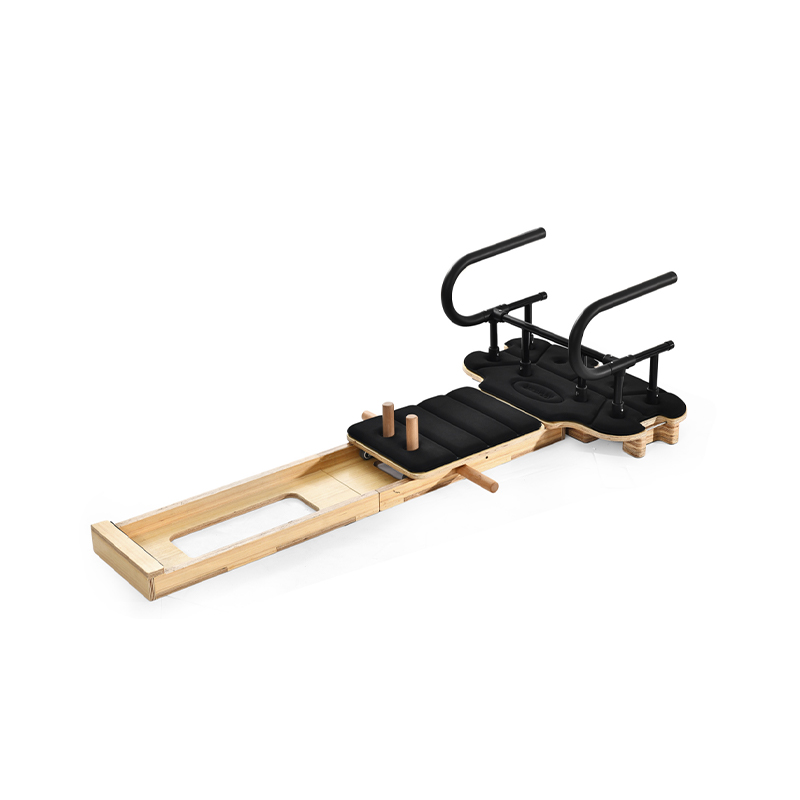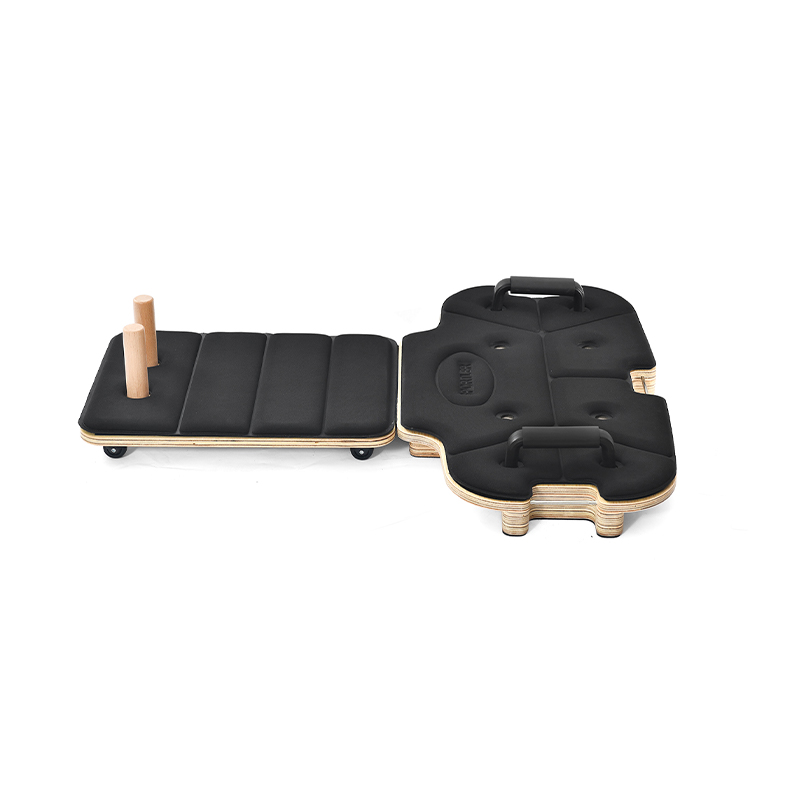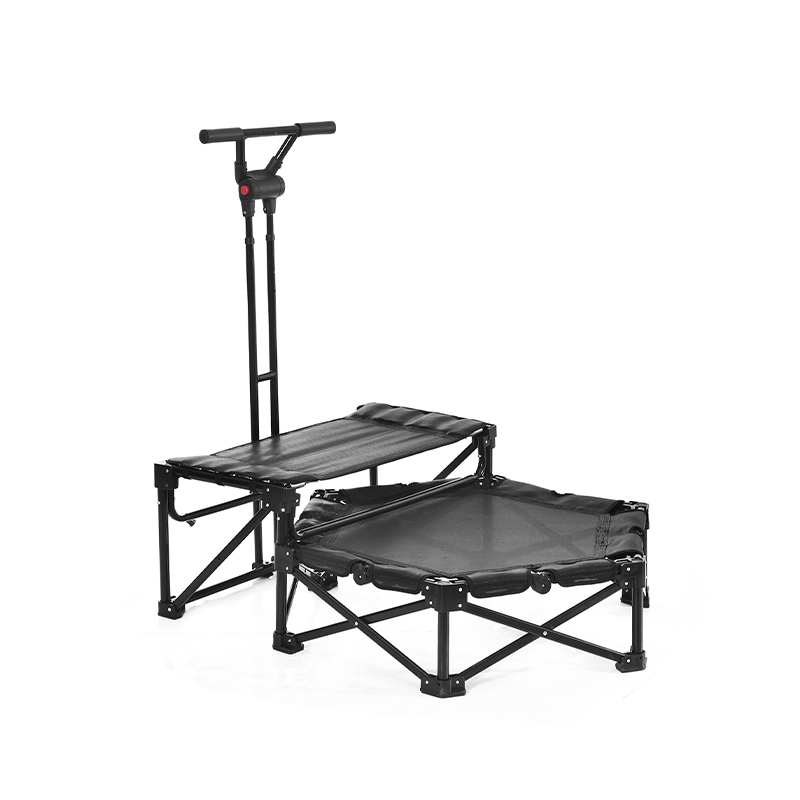Exercise Pilates fitness class machines play an important role in both group classes and individual training sessions. Designed to facilitate Pilates exercises with guided resistance and support, these machines help users improve core strength, flexibility, balance, and overall body control. Their presence in fitness studios and home gyms reflects growing interest in mindful movement and functional training.
Pilates fitness class equipment includes a variety of machines and tools designed to enhance core strength, flexibility, and overall body control. Common equipment such as reformers, cadillacs, and barrels provides adjustable resistance through springs and pulleys, allowing users to perform controlled, low-impact exercises. These machines support proper alignment and promote mindful movement, making them suitable for all fitness levels.
Typically, Pilates fitness class machines consist of adjustable platforms, springs or resistance bands, padded supports, and moving carriages. The versatility of these components allows instructors to design routines that accommodate varying fitness levels, from beginners to advanced practitioners. These machines support a wide range of exercises targeting the abdomen, back, legs, arms, and shoulders.
One key advantage of using Pilates machines during group fitness classes is the ability to offer personalized resistance levels. Springs or bands can be adjusted to increase or decrease tension, enabling participants to work at their own pace while maintaining correct form. This adaptability encourages steady progress without overexertion.
Pilates class machines also promote alignment and posture by guiding movements within safe ranges. The mechanical structure helps stabilize the body, reducing strain on joints and small the risk of injury. This is particularly valuable for individuals recovering from injury or those seeking low-impact exercise alternatives.
Group fitness classes using Pilates machines often focus on controlled, flowing movements coordinated with breath. This connection between movement and breathing enhances concentration and relaxation, making sessions beneficial for mental as well as physical health. Many users report improved body awareness and reduced tension after regular practice.
The compact design of many Pilates machines makes them suitable for various fitness environments. Studios can accommodate multiple units, allowing instructors to pilot classes efficiently with sufficient space between participants. For home use, smaller models offer the same functional benefits while occupying less floor area.
Maintenance of Pilates fitness class machines generally involves regular cleaning of upholstery and frame components to preserve hygiene and durability. Inspecting springs, bands, and moving parts ensures smooth operation and safety. Proper storage and handling extend the lifespan of the equipment.
Incorporating Pilates machines into fitness routines complements other exercise modalities such as cardio, strength training, and flexibility work. The focus on core stability and controlled movement can improve posture and reduce muscular imbalances, supporting better performance across physical activities.
For instructors, Pilates machines provide tools to tailor exercises for different needs, including prenatal fitness, senior wellness, and rehabilitation programs. The machines accommodate modifications and progressions, making them accessible and effective for diverse populations.
Exercise Pilates fitness class machines contribute to well-rounded fitness by combining strength, flexibility, and mindfulness. Their design encourages users to move deliberately and with control, which can enhance motor skills and functional capacity.
In summary, Pilates fitness class machines support both group and individual workouts by offering adjustable resistance, promoting alignment, and fostering a mind-body connection.


 English
English русский
русский Español
Español







